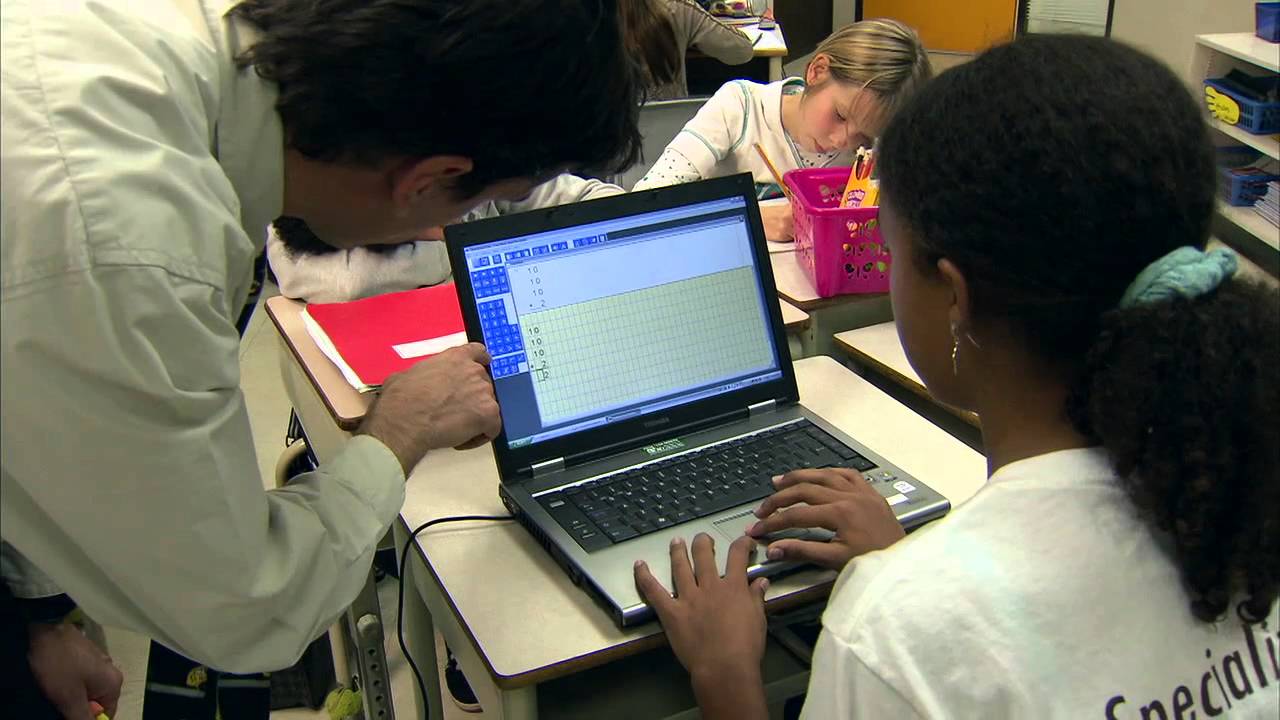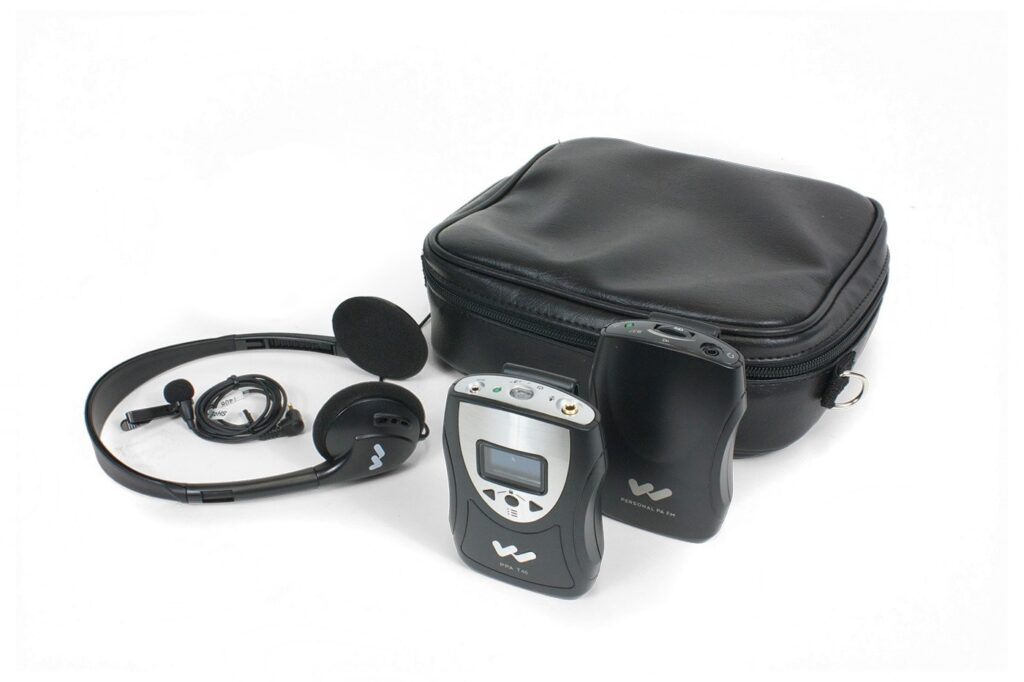Assistive Technology; an Aid to Formal Education Acquisition For Student with Disabilities

Education has become a priority in our society, we are required to acquire knowledge that pertains to our needs, growth, and development in various aspects of our lives.
Yet with the evolution of information, skills, career and tools, it is important to catch up and remain updated. This is quite simple for individuals with perfect health, at least an average IQ of 85 to at least 115, and the physical ability to practice what they are taught.
Visiting the realities of someone, especially students with special needs or disabilities the difficulty learning, this is a different situation. In reality, there are people who live lives where the acquisition of knowledge is a bit difficult, they are either physically challenged. or in need of support or aid with mental skills.

Recently, the Federal Republic of Nigeria revealed its intention to invest in assistive technology, which is the use of technology to aid people with certain or various disabilities to acquire knowledge or learn certain skills. From a nation on its path to development, this is definitely a step in the right direction.
According to the World Intellectual Property Organization “Over 1 billion people living with physical or cognitive impairments currently need assistive technologies (AT) for increased independence and fuller interaction with their world,” In a world of about 7.97 Billion people, going to statistics about 14.3% of the world’s population are in need of this particular tool of technology.
What Is Assistive Technology?

Any adaptive device or service that increases participation, achievement, or independence for a student with a disability may be considered assistive technology (AT)- AT Resource Guide 2013.
It is necessary to understand that the tools in question will have to render assistance and not luxury to the person in need. Technology on its own was developed to give humans a certain degree of ease, using it as a tool to assist particular persons gives it more ability to provide a seamless experience and achieve st goa, in this context as attaining independence.
4 Major Assistive Technology Tool
There are various tools and mobile applications that have been recognized as AT tools, he listed tools below are the majorly used ATT which has had significant results.
Text To Speech (TTS)

This is one of the most used tools of AT. This tool reads out written texts for students or individuals who are unable to or who have difficulty with reading.
The process of reading has to do with recognition, decoding and assimilation of words, this is a simple task for an average human being but for someone with special needs, it can be quite tasking. The TTS simply reads out the text, giving the user the opportunity to understand the words or the passage, without having to battle with recognising the words and conjuring letters.
FM System

The Frequency Modulation System (FM S) works like a little FM radio, for children or users with hearing difficulty. The tool has two parts, including the microphone and a hearing aid.
In a room full of an audience, like a classroom or during a meeting, to create a more inclusive and participatory atmosphere, the speaker can wear the FM S’s speaker while those with hearing disability puts on the hearing aid.
The FM S blocks out noise, reduces sharing struggle and improves listening clarity.
Graphic organizers

A helpful tool for those with difficulty properly giving written expressions or those with dysgraphia, a graphic organizer assist individuals to provide unstructured information, and then the software helps to organize provided information in a structured manner. This AT too is also seen as being AI as it arranges given information at the level of human intelligence, therefore training users to be able to subsequently organize the writing expressions later on.
Speech Recognition Writing supports.

In a situation where individuals are unable to pen down their thoughts to factors like the inability to spell or recognize words, writing assistive software comes to the aid. This assistive tool is good for those who have their minds racing ahead of them, and they are unable to write down what they think, this will include those with ADHD and Dyslexia. Software like the speech to text or speech recognition. The feature has been added to most smart devices recently and it is built as an easy-to-use software.
AT For Ed-tech
With the rise of several tech-enabled educational platforms and mobile applications, and such a population of students with special needs, the incorporation of AT tools should be a welcomed idea as it will help serve those who receive less attention in the educational sector, more like banking the unbanked, but in education.
Providing special features for those with special needs, giving them access to education format anywhere in the world, regardless of their disability, will save a lot of students some struggles they might have to face if they attend physical schools.
